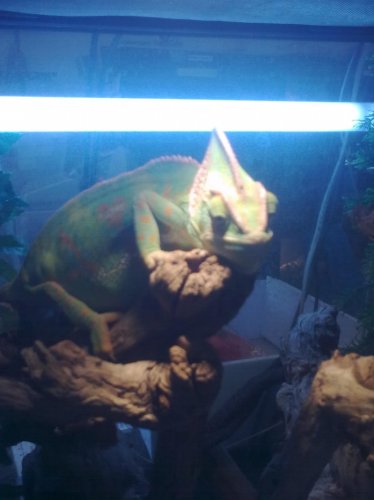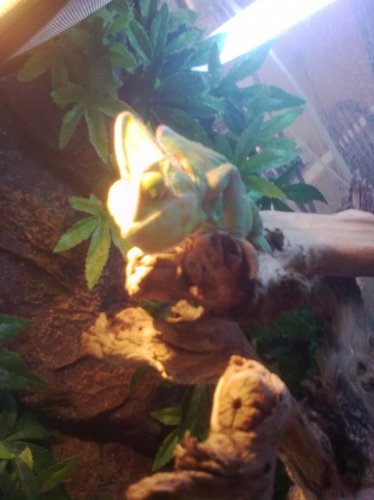MissMalyn
New Member
So here are some pics of the newest and by far the most beautiful addition to my family. I have rescued him from a friend of a friend. To put it mildly, his viv was not up to scratch, I asked her why it was unkempt and she responded by saying you take him, see how long you can keep it up for. I found out she hadn't fed him for atleast 4 days and her plan was to shut of all his heat sources and starve him to death. Despite this though he has a clean bill of health, I took him from her home straight to the vets. The best reptile vet in my County. I didn't think to ask her what species he was or how old he might be. I was just relieved and ecstatic to know she'd not done him too much harm or damaged him permanently. Can anyone tell me his species, or age roughly? Even a educated guess would serve him well so I can sort out the temps etc...Anything will be greatly appreciated 







